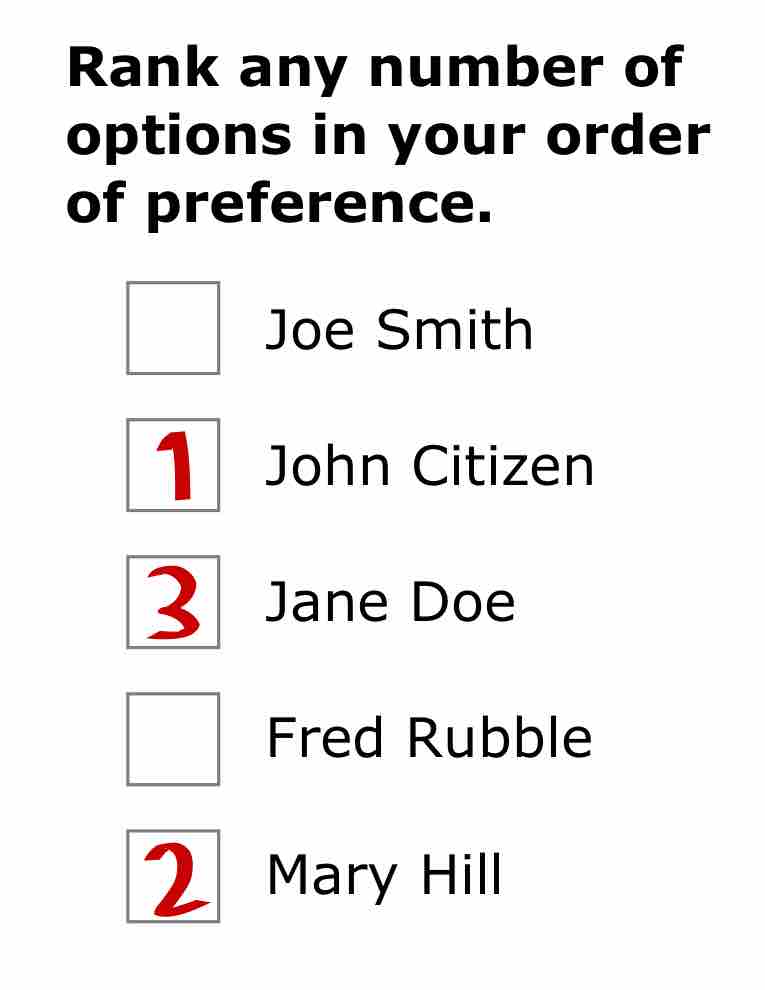A voting system is a method by which voters choose between multiple options, usually in an election or policy referendum. The system enforces rules to ensure valid voting, accurate tabulation, and a final result. Common voting systems include majority rule, proportional representation, or plurality voting. The study of voting systems is called voting theory. Voting theory is a subfield of economics.
Public Choice Theory
No matter what voting system is used, the act of voting gives the public the ability to choose a candidate or influence a decision. Obviously, when voting takes place not everyone will agree with the outcome, but everyone has the ability to participate in the process. Public choice is described as "the use of economic tools to deal with traditional problems of political science. " In microeconomics, public choice analyses collective decision making and studies economic models of political processes including rent-seeking, elections, legislatures, and voting behavior.
Since not every voter participates in an election, not every voter will have full information, and not every voter will vote based on what s/he perceives as the best long-term outcome, voting outcomes may be inefficient. Elections do not necessarily reflect the best long-term outcome, what the active voters thought was best given their criteria at the time.
Condorcet Paradox
The Condorcet paradox is a voting paradox where collective preferences can be cyclical. It is a paradox because the wishes of the majority can conflict with one another. Conflicting majorities are made up of different groups of individuals. For example, the Condorcet paradox can be compared to the game rock/paper/scissors. For each candidate, there can be another that is preferred by some majority. The Condorcet method of voting consists of any election method that elects candidate that would win by majority rule in all pairings against the other candidates. Most Condorcet voting methods consist of a single round of voting where individuals rank their top choices. In the event of a tie or unclear winner (Condorcet paradox) alternate methods of determining a winner are used including tie breakers, additional rounds of voting, etc.
An example of a voting paradox can be seen in a simple voting scenario. There are three candidates including 1, 2, and 3. There are three voters with preferences. Each voter ranks the candidates from most to least favored . If the results are determined and 3 is the winner, it can be argued that another candidate should have won due to the number of preferred votes verse the first choice of each voter. In this case, the requirement of majority rule does not provide a clear winner. According to the Condorcet paradox additional methods would be needed to determine the winner since the voting process is complex and each voter provides preferences instead of only selecting one candidate.

Preferential voting ballot
The Condorcet paradox is used to evaluate voting systems. Voters rank candidates according to their own preferences. The Condorcet method states that a candidate wins by majority rule.
The Condorcet paradox means that there is not a clear winner and ambiguities must be resolved to determine the election results.